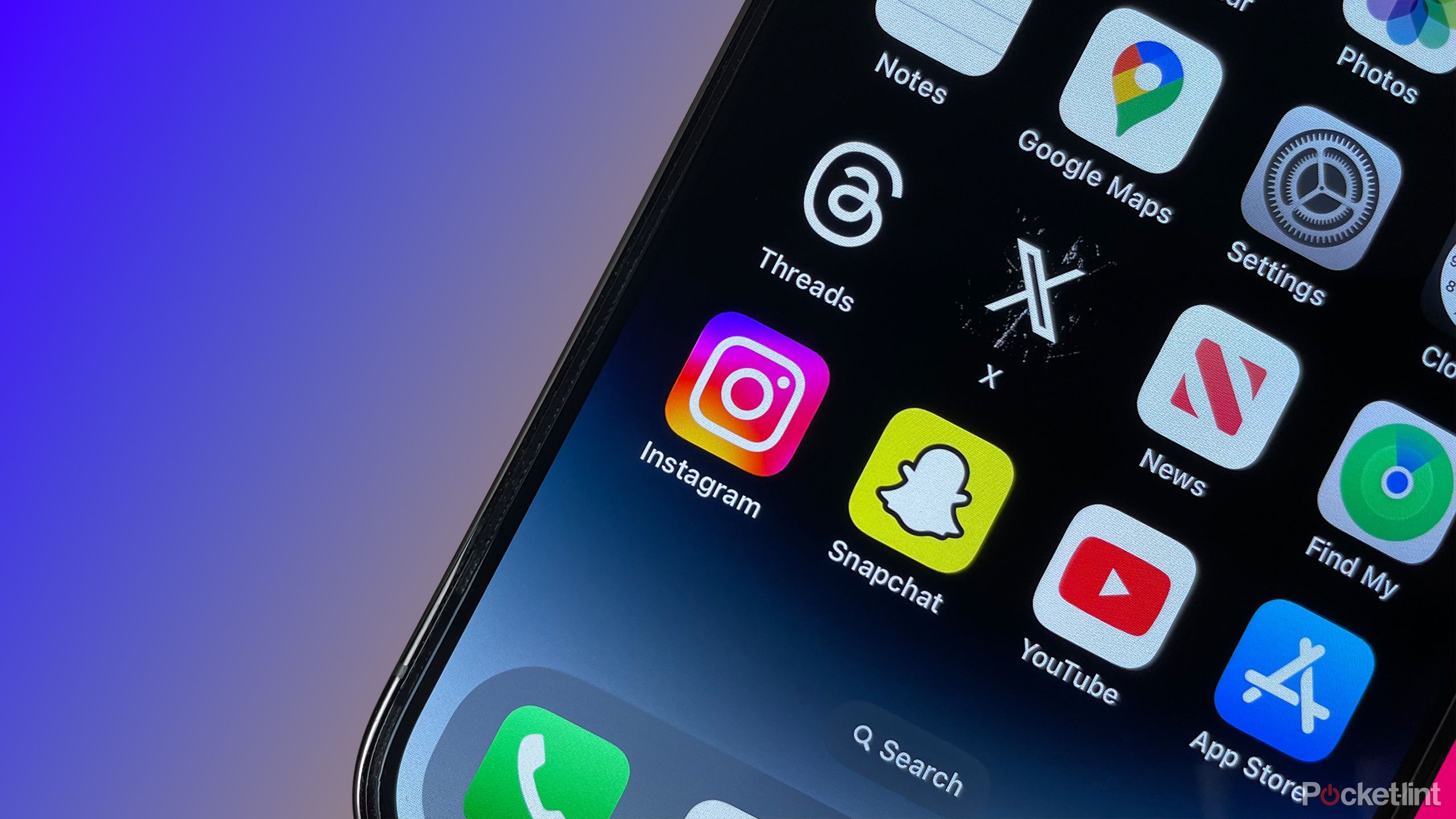Ring Video Doorbell 3 vs 3 Plus vs 4: Which is best for you?

As well as a new entry-level Ring Video doorbell, Ring announced two new versions of its premium smart doorbells in 2020 – the Ring Video Doorbell 3 and Ring Video Doorbell 3 Plus.
And in early 2021, Amazon-owned Ring launched the Ring Video Doorbell 4, a slightly upgraded model – so how do they all compare?
A recently-updated Ring Chime and Chime Pro are available too, to alert you at other places inside your home.
The Ring Chime Pro once again is a Wi-Fi extender as well as a simple doorbell chime, while it additionally now has a night light. Both have been redesigned to be more aesthetically pleasing, with an Amazon Echo-style fabric panel.
squirrel_widget_268164
What’s the same?
- Battery-powered with a removable, rechargeable battery
- 1080p Full HD video
- 2.4 and 5GHz Wi-Fi for a more stable connection
- Advanced Motion Detection, Near Motion Zone, People Only Mode, Privacy Zones
- Amazon Alexa and Echo Show/Fire TV support
- Weather-resistant with interchangeable plates
All of these doorbells offer improvements over the older and now defunct Ring Doorbell 2, notably that addition of 5GHz Wi-Fi (in addition to 2.4Ghz) and Advanced Motion Detection, which we’ll come onto in a second. That will be useful in homes where there has been an issue getting connectivity between a doorbell and router.
They also boast support for 1080p Full HD video.
squirrel_widget_236292
All of these doorbells are battery-powered like the now discontinued Ring Video Doorbell, Ring Video Doorbell 2 and the still-available Door View Cam. There’s a removable battery pack that you’ll need to charge up via USB every so often. Coincidentally, the cheapest battery-powered Ring Doorbell, the Ring Video Doorbell (2nd gen), has to be taken off the wall to be charged – the battery can’t be removed.
The Ring Video Doorbell Wired, Pro, Pro 2 and Elite are also mains powered instead.
All of Ring’s range now includes Advanced Motion Detection (enabling you to choose People Only mode for motion alerts) and a new, adjustable motion zone, called Near Motion Zone. This detects motion within 1.5 to 4.5m of the front door, but you really can fine-tune it.
There’s also the ability to have Privacy Zones so you can exclude areas of the camera field of view from recording should you want to prevent something from being recorded. You can also turn off video or audio recording at any time.
As with other Ring doorbells, you can simply say, “Alexa, show me the front door,” to see your Ring Video Doorbell 3’s Live View on Fire TV or Echo Show devices. You can also say, “Alexa, answer the front door,” to begin speaking with whoever is at their door.
Unfortunately, like other Ring devices, there’s no compatibility with Google Assistant or Apple HomeKit. With Linked Devices in the Ring app, you can link your doorbell to compatible Ring Cams to create a single security system.
squirrel_widget_236306
What’s different between these three doorbells?
- Pre-roll is available on the Ring Video Doorbell 3 Plus in black and white
- Pre-roll is available on the Ring Video Doorbell 4 in colour
- Pre-roll isn’t present on the Ring Video Doorbell 3
The key feature that’s missing from the Ring Video Doorbell 3, but present on the 3 Plus and 4 is Pre-Roll. This captures video constantly, meaning that when you get a motion alert it enables you to see the four seconds before you get the alert.
In other words, you can see what caused the alert in the first place. So as well as seeing the delivery driver by your door, you can now see them walk down your path, too. It’s also so you can see the whole of an incident rather than just the end of one. However, the video quality is not Full HD, while there’s also no audio for it.
It’s also in black and white only on the 3 Plus, while it’s in colour on the Ring Video Doorbell 4.
There’s a small $30/£20 price premium for this extra feature between the 3 and 3 Plus. At present, the RIng Video Doorbell 4 is slated as being cheaper than the 3 Plus, so we’ll see how the prices change as the Doorbell 4 hits the market.
Conclusion
At present, there isn’t a great deal of difference between the Ring Video Doorbell 3, 3 Plus and 4. The key feature is Pre-roll, which isn’t present on the Ring Video Doorbell 3, is black and white on the Ring Video Doorbell 3 Plus but is colour on the Ring Video Doorbell 4.
Pre-roll gives you lower quality video than the standard Full HD footage you get from all three of these models.
squirrel_widget_4440190
We asked Ring whether the launch of the Video Doorbell 4 meant last year’s Ring Video Doorbell 3 and 3 Plus would be discontinued, but it seems they’re all going to stick around for now: “At this time, both Ring Video Doorbell 3 and Ring Video Doorbell 3 Plus are still available for purchase.”
Even if Ring decided to discontinue the Ring Video Doorbell 3 and 3 Plus, they would be available for a while. The Ring Video Doorbell 2 (replaced by 3) has only recently gone out of stock at many retailers.
If you’re not that fussed about Pre-roll, then consider the entry-level Ring Video Doorbell (2nd gen) which is significantly cheaper. However, it doesn’t come with a removable battery so you have to take the doorbell off its mount to charge it.
squirrel_widget_238298




